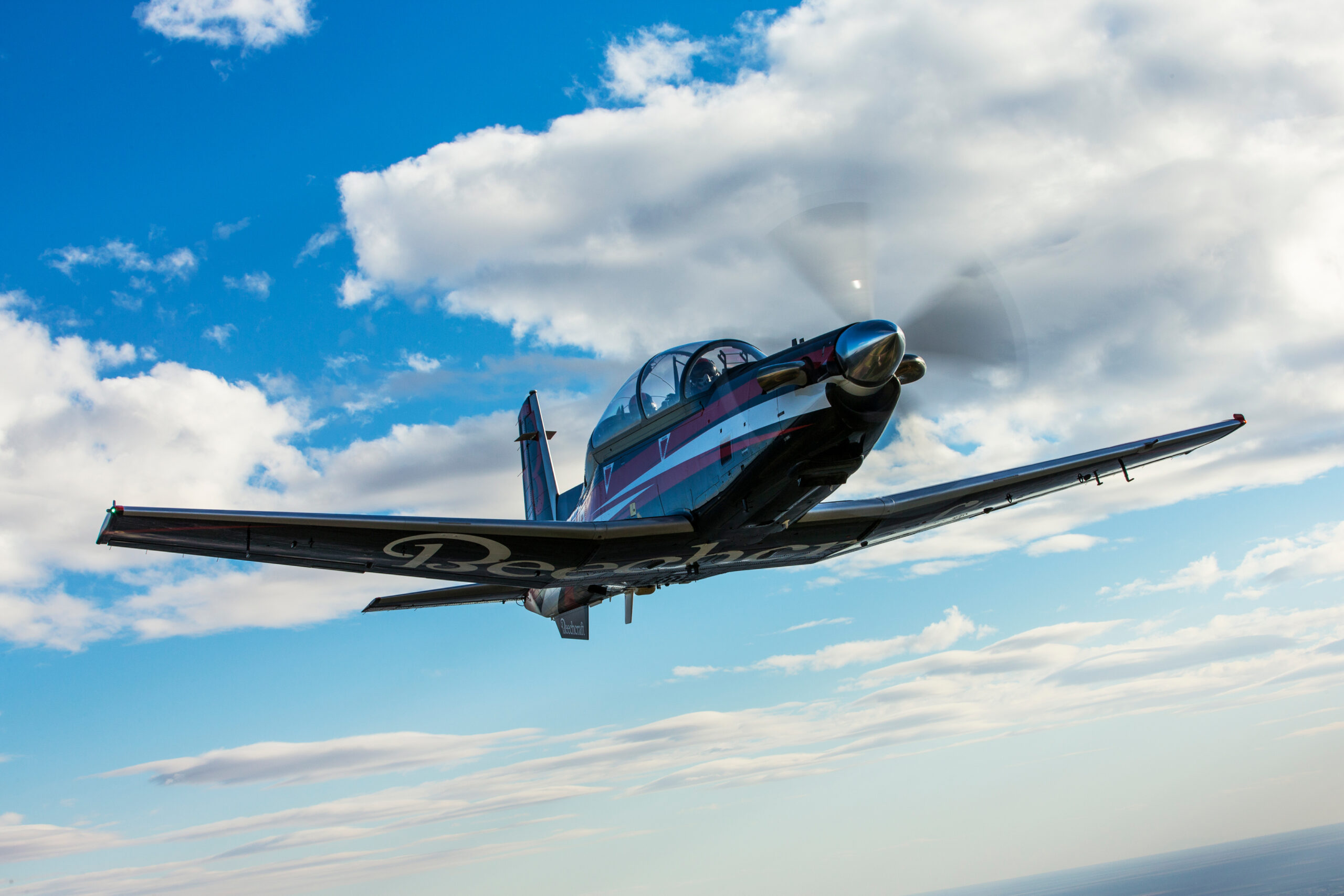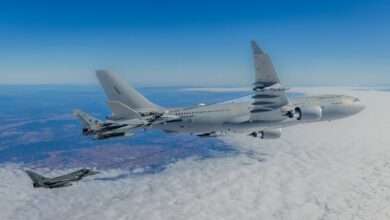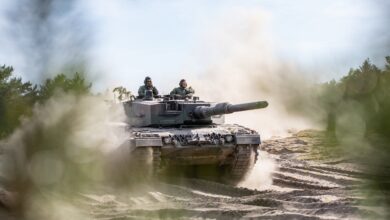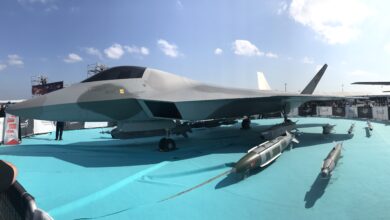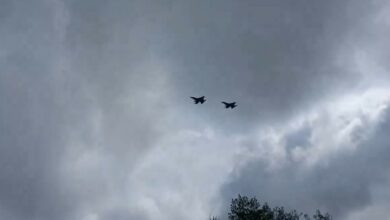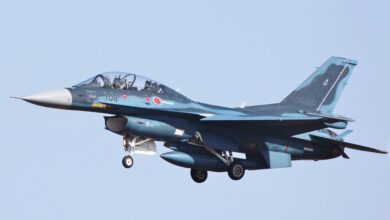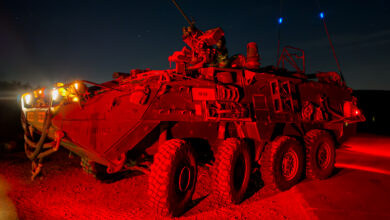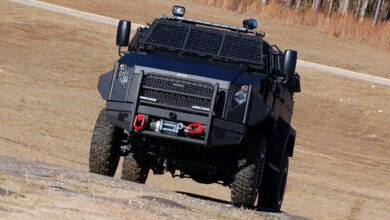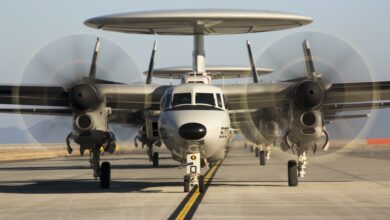Japanese Air Force to Adopt Textron’s Beechcraft Texan II Trainer Aircraft
Japan’s Air Self-Defense Force (JASDF) has selected Textron Aviation Defense’s Beechcraft T-6 Texan II integrated training aircraft to modernize the service’s aircrew training programs.
The aircraft will replace the military’s existing Fuji/Subaru T-7 aircraft that have been operational since the 2000s.
Textron’s package will incorporate lessons for both instructor pilots and maintenance teams, a corresponding ground-based training system, long-term logistics services, and sustainment support.
Tokyo’s decision to adopt the Texan systems was based on the government’s “highly competitive and thorough evaluation of training solutions” that were screened from several bidders.
The East Asian country is scheduled to finalize the contract with the Kansas-based company later in 2025.
“We are proud to offer the Japan Air Self-Defense Force a proven and highly capable Integrated Training System that will meet their training needs for decades,” Textron Aviation Defense President and CEO Travis Tyler stated.
“This selection affirms the capabilities of our T-6 Texan II Integrated Training System to enable a well-equipped, prominent and highly skilled JASDF to meet the challenges of the 21st century.”
The T-6 Texan II System
Textron’s Texan II is a 33-foot (10-meter) platform that has a wingspan of similar length and a seating capacity for two people.
It is powered by a Pratt & Whitney Canada PT6A turboprop engine with about 1,100 horsepower and a four-bladed Hartzell propeller.
The aircraft has a speed of 280 knots (322 miles/519 kilometers per hour), a range of 900 nautical miles (1,036 miles/1,667 kilometers), and a service ceiling of up to 31,000 feet (9,144 meters).
Depending on user requirements, the plane can be integrated with NATO standard weapon stations as well as additional precision devices, an onboard virtual training data link, and a digital terrain elevation system.
In January, the Texan II was included in a US Air Force program being developed to train student pilots faster than the military’s legacy approach.

